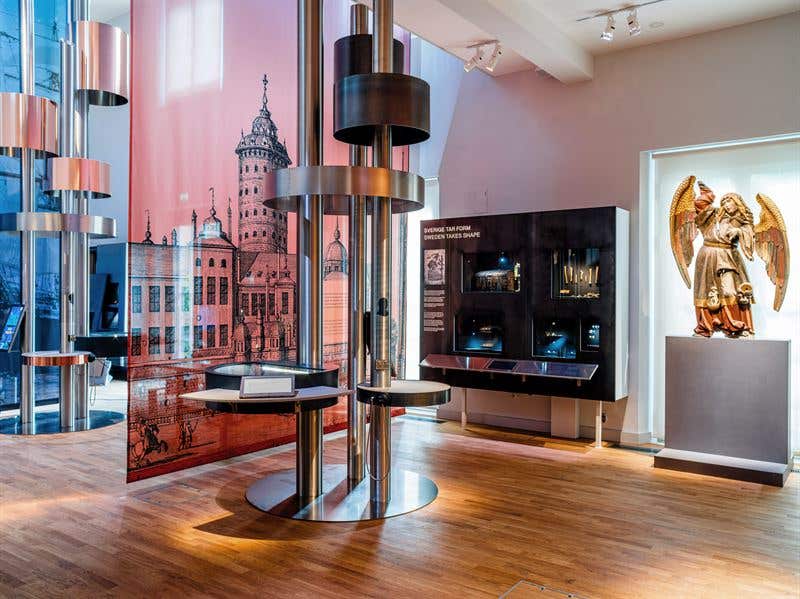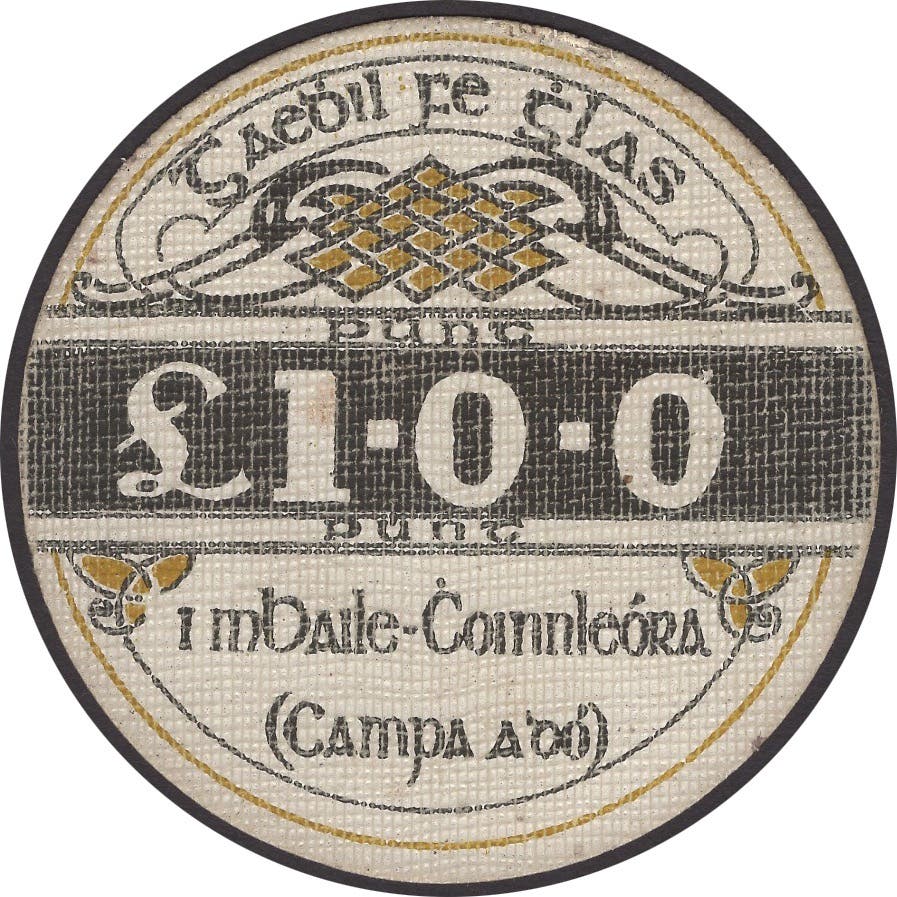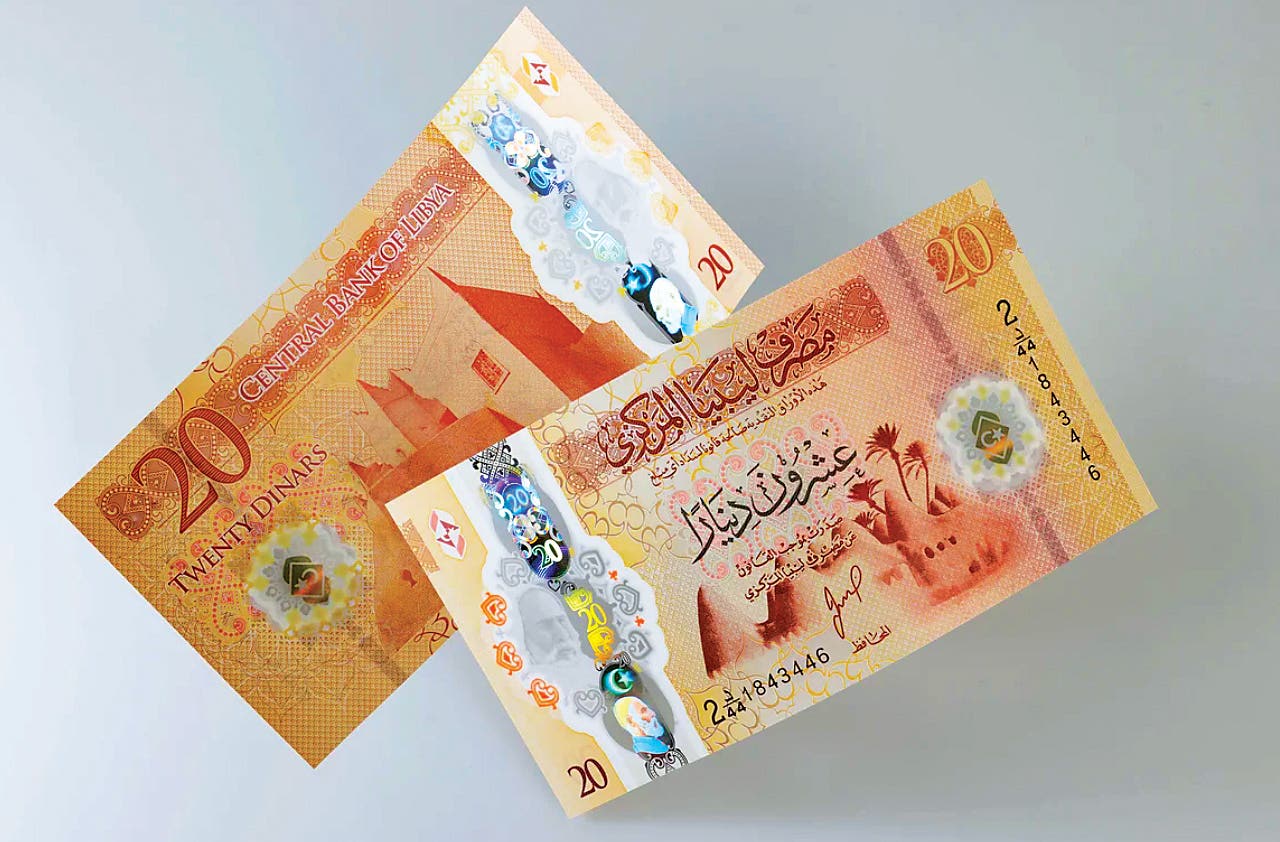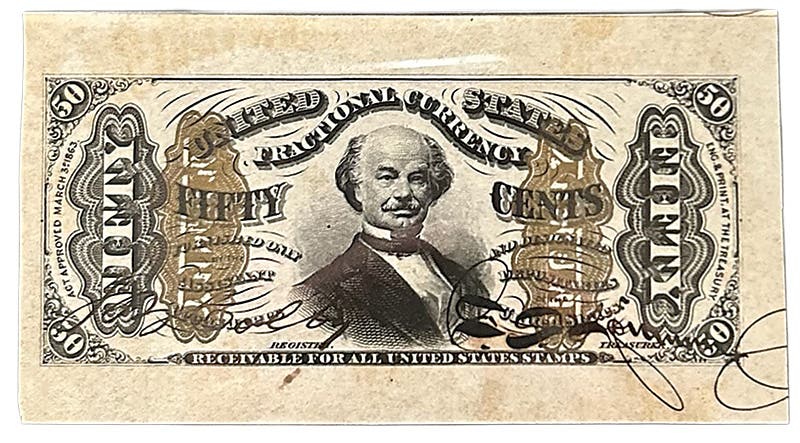Breaking the Bank Note Ceiling: Debbie Marriott’s Trailblazing Career at the Bank of England
Debbie Marriott worked as a bank note designer for the Bank of England and was the company’s first female paper money artist. Upon her retirement after 33 years at the Bank of England, Bank Note Reporter interviewed the artist about her groundbreaking career.
BNR: How did you get into banknote design? Was it a field you considered during your art education?
DM: My education led to a fine art painting degree. My artistic style was highly figurative and had an attention to detail, which, unknown to me at that time, would serve me well later in my career. I liked to paint in oil and acrylics, and like most people, I didn’t realise that banknote design even existed at that time!
When I left art college, I worked in a small commercial printing company as a designer. Here, I learnt to use computer programs for design (something which was not available at the time when I studied) and combined my fine art knowledge with graphics and product design.
In 1989, I applied for a Junior Artist Designer role advertised in the “Arts Job” section of the Guardian newspaper. It seemed a perfect match for my skill set, and I was very lucky to get the job at the age of 24, which was to be the start of my banknote design career at the Bank of England.
BNR: What was it like to be the first female banknote designer at the Bank of England?
DM: When I joined the Bank of England, I worked at the Banknote Production site in Loughton. I was the youngest and only woman in a small team within Research and Development, which included two other artist-designers as well as highly trained specialists covering science, photography, geometric lathe operation, engraving, and reproduction.
I was determined and very conscientious, but I was also very intimidated in the beginning. It was a time of great changes within the print and graphics industry, with the introduction and growth of digital workflows replacing traditional manual processes. I was a symbol of that change, being young and new to the job, which didn’t always make things easy, but I was able to adapt quickly to the new ways of working and progress. It was a challenging time for myself and my manager who supported and encouraged me throughout this period.
Over 33 years (with a few years break from this role), I progressed from the Junior Artist Designer, where I contributed to small areas of banknote design, to eventually becoming the Senior Design Lead, responsible for the complete design of the banknotes. I have now retired, but I am very proud to be the first woman banknote designer for the Bank of England, having had a remarkable and enjoyable career.
BNR: Do you have a favorite banknote design that you created/assisted with during your career? If so, what is it?
DM: Without a doubt, my favourite Bank of England banknote design is the £20 featuring JMW Turner. Working with colleagues at the Bank of England, De La Rue, CCL, and the Tate, I think the final result is beautiful. The purple hues and simple design layout, combined with Turner’s excellent source material (“The Fighting Temeraire” and his self-portrait), provide the perfect combination for the area on the back of the note. It was also very interesting working on the research behind Turner’s life and work, which provided great reference material within the detailed design, from tiny micro-lettering to the shapes of the see-through areas within the polymer.
Having been responsible for the £50 Turing design that followed, this banknote makes me personally feel very proud. The King Charles banknote series was my final project at the Bank of England before retiring in 2023.
BNR: Has the presence of women in banknote design grown/developed since you began your career? If so, how?
DM: Since being the first woman banknote designer at the Bank of England, I have met and worked with many other banknote designers from different countries. One’s counterparts are not usually within the same country, so it’s difficult to say exactly, but there are many women banknote designers within the industry today.
Creating banknotes whilst working at the Bank of England involved collaboration work with various other companies, such as specialist suppliers of polymer and security printing. Within these specialist teams, women were not overly represented, but neither were they absent. I think this was down to historical reasons originally, but we must also be aware that this aspect of design does not see a high turnover of staff, and therefore, equality will take more time.
BNR: What advice do you have for women interested in pursuing a career in currency design?
DM: Banknote design is still today a unique area of design in a world where design-based opportunities have grown immensely since I began my career and now cover a wide, diverse field within the arts, i.e., graphics, fine art, product design, illustration, photography, marketing, etc. Today, design generally has seen a huge increase in the number of women within these roles, and from my experience, being a woman would not and should not be any different from that of a man working within this field. The job prospects for a banknote designer, unfortunately, are fairly limited, being linked to a low number of banknote design houses and central banks spread across the world. However, banknotes are still a daily requirement, and they must incorporate up-to-date anti-counterfeiting features to keep them secure. Thus, I believe banknote design will be a role needed for many more years to come, and I would advise anyone interested in this area to research this fascinating subject in more detail.
Every banknote design is very different by country, style, and content; there is a vast selection to explore and examine under a magnifying glass to understand each one in more detail. A necessary skill for a banknote designer, in my opinion, would be to have an eye for detail with an ability to understand and implement the design brief required. The design process through to production is not a fast workstream; many factors need to be considered when designing a banknote, and there are a large number of stakeholders that need to be consulted along the way, which results in many iterations of the design as it evolves. Patience is key, as is the ability to work alongside a team of specialists to ensure the final design is fit for purpose.
Finally, there are many trials and tests that the banknote has to go through before it can be issued (e.g., banknote equipment machine testing). The £20 Turner banknote took over 4 years from original concept design to issue! Strangely, I think a banknote designer can originate from many different art backgrounds as on-the-job training has to be provided and is the only way to learn these unique skills. The creation of high-level concept designs to fine-detailed finished artwork for final production is a job that also needs diligence, teamwork, enthusiasm, passion, and hard work; it is not always an easy role, but from my experience, it ultimately provides the highest form of achievement. Who wouldn’t want a banknote?
You may also like:
Sierra Holt









